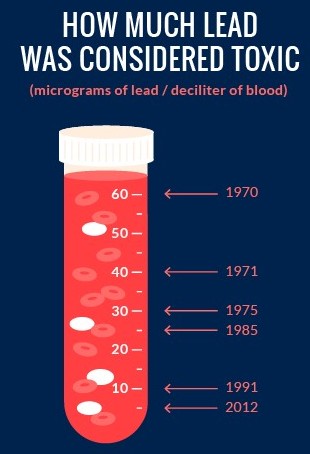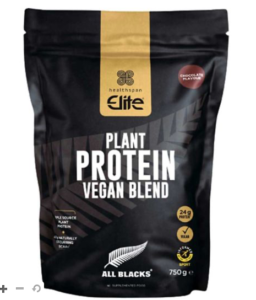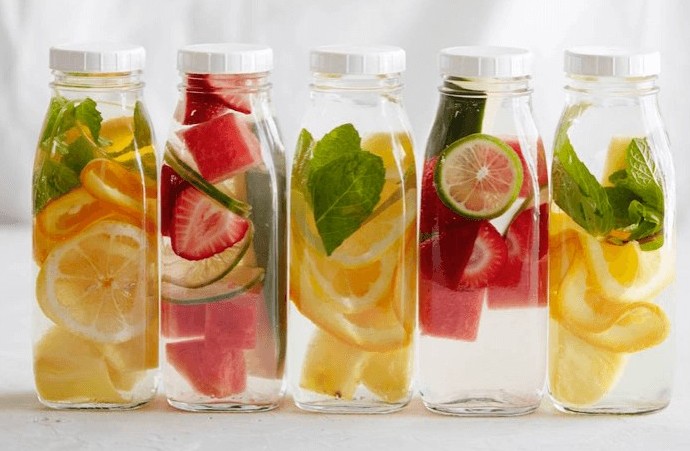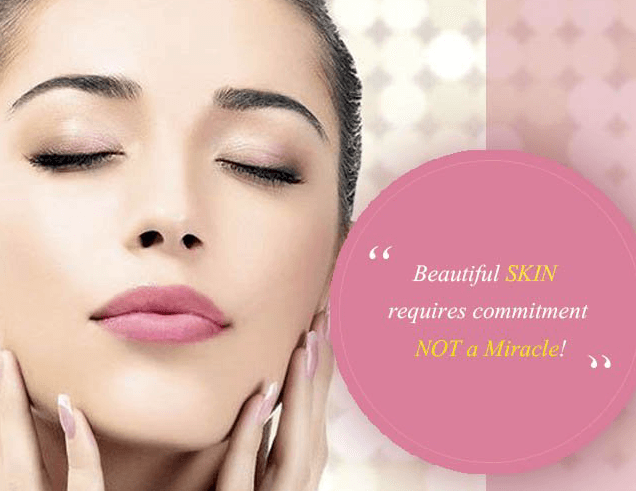I’ll make my apologies in advance; I know that I continually advocate the use of sunscreen. I wear SPF50 every day of the year. Summer or winter, in the city or countryside, while on vacation, or in the garden. It has become somewhat of an obsession for me. But something I am asked almost on a daily basis is, Do Darker Skin Tones Require SPF?
Do Darker Skin Tones Require SPF?

Contrary to popular belief, and despite black skin, the propensity for a sun-kissed finish is as pervasive amongst black women as it is amongst their Caucasian sisters. The problem is, it is rarely done safely!
I am highly aware that my dedication to SPF is uncommon. So, it greatly concerns me when women admit that they never wear it when I love it so much and understand clearly the benefits of using it! It is believed that as many as 90% of black women never consider wearing sunscreen, except for the occasions they are on a beach and sometimes not even then. So, the question is, ‘do all skin tones need SPF?’
Since ancient times there is a long-standing belief that exists, a misconception if you like that the high level of Melanin in black skin is all the protection they need in the sun.
It’s often said that black people don’t burn. Consequently, there are many black ladies on holiday that will happily stay on the beach practically from sun up to sun down with no sun protection. They never give a thought about the risk of getting skin cancer. However, they like to moisturise to the hilt (because they can’t be dealing with ash-colored skin).
Protect Your Delicate Skin:
Applying an SPF is considered an integral part of prudent skincare and beauty, but should all skin types observe it?
Dermatologists continuously remind us to wear sunscreen, even under grey cloudy skies. The list of sun-related diseases is of great concern – skin cancer, ageing, pigmentation, and rightly so. There are many inconsistencies about sunscreen and its marketing, even with all the advice and superstars continually reminding us to apply sun protection. Far too many people forget how important it is to use and reapply throughout the day!
People with dark skin pigmentation have skin that is naturally rich in Melanin (especially eumelanin). They have more melanosomes which provide superior protection against the harmful effects of ultraviolet radiation.
The Melanin in people of darker skin blocks sunlight naturally. The skin’s epidermal (outer) layer are cells that contain the pigment melanin. Melanin protects the skin from the sun’s ultraviolet rays, which, as we know, burns the skin.
Melanin may help protect the skin from damaging UV rays. However, it may also make darker skin more susceptible to hyperpigmentation, which can be caused by sun damage. Regular SPF usage is one of the best ways to prevent this. Some sunscreen products are now available that contain ingredients to mitigate hyperpigmentation. For patients with stubborn dark marks on the face, it’s advised to look for a sunscreen that contains zinc oxide (found in many tinted formulas). Zinc Oxide protects the skin from the sun, indoor light, and computer screens.
Although dark skin has some innate sun protection due to Melanin, it’s an inescapable necessity for everyone to use an adequate SPF to protect themselves.
Skin Cancer From The Sun:

While sun-induced skin cancer is rare in darker skin tones, it can and does occur and frequently isn’t identified until it’s too late to be treated. When they occur, they tend to be diagnosed at a later stage and, as a result, have a worse prognosis.
For example, one study found an average five-year melanoma survival rate of only 65 percent in black people versus 91 percent in white people. Another showed that late-stage melanoma diagnoses are more common in Hispanic and black patients than in non-Hispanic white patients.
There’s a lower public awareness overall of the risk of skin cancer among individuals of color. Source – https://www.skincancer.org
It may be partially due to a lack of understanding of skin cancer’s various risk factors in people with darker skin tones.
The bottom line is that the only proven way to prevent skin cancer is to stay out of excessive sunlight and use a high-quality sunscreen. If you are dark-skinned, you’re encouraged to wear sunscreen at all times.
Basking In The Sun – All Day Long!

So many of us are instinctively drawn to the sun, long summer days relaxing on the beach, loving how it colours our skin, and enjoying the freedom to wear clothes that allow us to flaunt our tanned bodies.
One summer, hell-bent on getting a glow to end all glows, a dear friend roasted herself almost to a cinder on a beach in the Mediterranean. She applied oil that made her skin sizzle and shine, believing this to be a good thing – and positioned herself directly under the blazing sunlight, following the sun rays faithfully!
By the time the sun went down, she had looked fabulous, a deeper, glossier darker shade of ebony. She complimented herself, how beautiful and smooth her skin looked, and planned to ‘top-up’ her tan each day. However, after taking a shower and drying herself, she noticed her skin begin to peel and how painfully sore her skin was to touch. She soon realised black skin ‘absolutely’ does burn! The remainder of the holiday was not spent on the beach!
Ever since she never goes out in the sun without a high factor SPF. She even applies it to her face when just walking around the town now.
However, we also need to remember the sun isn’t always harmful to us, and precisely why sunlight is good for us. We need vitamin D that it stimulates to protect against inflammation, helps muscles, and prevents rickets, and lowers high blood pressure.
Research has shown that when our skin is exposed to the sun’s rays, a compound is released in our blood vessels that help’s to lower blood pressure.
Sunscreen isn’t the only way to avoid sun damage. You can get excellent sun protection from a floppy hat, sunglasses, and staying out of the sun. One tip is to allow the vitamin D to be absorbed by the torso while keeping your face protected.
(It is always good to have a good ‘After Sun’ with you when sunbathing.
Piz Buin After Sun Instant Relief Mist Spray)
We Are All Sun-Worshippers At Heart!

There are well-meaning skincare specialists who like to educate us on the need to apply sunscreen and remind black people that we are not immune to sun damage!
For many black people, staying out in the sun is not something they do.
I recently went to Barbados, and as the sun was at its strongest, it was mostly the Caucasians in the sun. The locals were back in the cafes, restaurants, and bars by noon and stayed out of the sun until late afternoon.
Aside from the “black skin doesn’t burn” myth, another reason many black women forsake the SPF is that, at some point, we have looked in the mirror and thought, “Oh, look it’s a ghost!” Actually, no, it’s just my SPF!
For so long, SPFs have left an unsightly chalky appearance – some so intense that a decent foundation would struggle to counteract the ghostly grey finish. Unfortunately, so many black people have abstained from sun protection because of this, but now ‘physical’ sunscreens have improved considerably. There isn’t such a big issue with ‘ghosting.’
Beyond protecting skin from sun damage, skin cancer, and premature ageing, applying sunscreen is arguably the key to preventing hyperpigmentation. Hyperpigmentation is a sign of photoaging in people with skin of color. The occurrence and re-occurrence are conceivably the biggest skincare complaints I hear from this demographic, also known as age spots or sunspots.
The issue of hyperpigmentation is the main reason SPF is part of my daily skincare program. My beauty regime is crammed with products that address dark spots and discoloration. These include vitamin C, liquid exfoliators, lactic acid, fruit enzymes masks; you name it, I’m sure I use it.
The one thing that I have learned is that you can use all the skin brighteners and pigmentation-busting products available to improve your skin. The simple fact is, if you don’t finish off with a high-quality SPF, you are merely wasting your time! All the age spots, discolouration and scarring issues will intensify if you allow the sun to beat down on them day after day without sun protection applied.
Mercifully, there are now high SPF formula’s on the market that won’t leave you looking pale or risk clogging your pores.
Chemical And Physical Sunscreen:
There are two kinds of SPFs. Physical sunscreen consists mainly of either zinc or titanium oxide or indeed both! It works by sitting on the skin and deflects the sun’s rays. Chemical sunscreen, with ingredients like salicylates and cinnamates, absorbs the UV rays, turns them into heat, and releases it from the skin. If you have a darker skin tone, I find that chemical SPFs work better on this skin tone as they don’t leave that dreadful overbearing residue.
I am currently delighted with Skin Ceuticals Ultra Facial Defense SPF50. This lightweight and easily absorbed hydrating sunscreen helps prevent UV-induced collagen breakdown, UV induced hyperpigmentation, UV-induced dark spots, and other signs of premature aging caused by the sun’s harsh rays.
Especially ideal for sensitive skin La Roche-Posay’s Anthelios UVMune 400 Invisible Fluid SPF50+. La Roche-Posay will help to find a solution. Even for those with the most delicate and reactive of skin. An ultra-resistant formula specifically developed for sensitive skin; this lightweight facial sunscreen provides broad-spectrum SPF50 protection, assisted with Mexoplex®. A patented filtering system Mexoplex® and La Roche-Posay Thermal Spring Water that offers maximum benefits.
This Non-greasy and non-sticky sun lotion is applied effortlessly without leaving white marks. It is ultra sand, sweat, and water-resistant. Without stinging your eyes yet still offering very high protection, it is also hypoallergenic.
Sisley’s Super Soin Solaire Facial Sun Care SPF30 is more pricey than most, but the tech behind it is somewhat cutting edge, and it goes on and feels like silk. This sunscreen has been developed so as not to leave a white appearance on the skin. It is Water-resistant, Non-comedogenic, and Naturally scented with essential oils of Sage and Marjoram.
It provides ideal anti-UVA-UVB protection for initial exposure to the sun and those with fair or sun-sensitive skin needing a high degree of protection.
If you are looking for an SPF that is suitable for general everyday use, Paula’s Choice Resist Super-Light Daily Wrinkle Defense – Broad Spectrum SPF 30. For people with sensitive, oily skin, it’s Lightly tinted mattifying moisturizing lotion protects the skin from the sun. A super-light anti-aging moisturizer with SPF30 protection minimizes shine by absorbing excess oil. It has a gentle mineral-based sunscreen with a potent blend of antioxidants that protect and fortify the skin. The soft matte and sheer tint finish make for the perfect make-up base. This gentle, mineral-based formula has a sheer tint that works superbly for all skin tones that can be worn alone or applied under your foundation. Its lotion texture leaves a soft matte finish that perfectly preps skin, allowing make-up to apply smoothly and evenly (no primer needed).
Conclusion:
Generally, just to be on the safe side, I stick to SPF 50, but I realise that maybe a no-no to some. For those like me who can’t resist the wonderful feeling of sun rays beating down on them, there are now sunscreen sprays, gels, lotions, and creams. With this range of ingenious formulations, there isn’t any excuse not to use SPF when outdoors. Regardless of how much Melanin our skin might have, the reality is black does burn, and if you don’t use an SPF, you just might find that out!
The damage caused by the sun can take years to appear, look after your skin now before its too late.

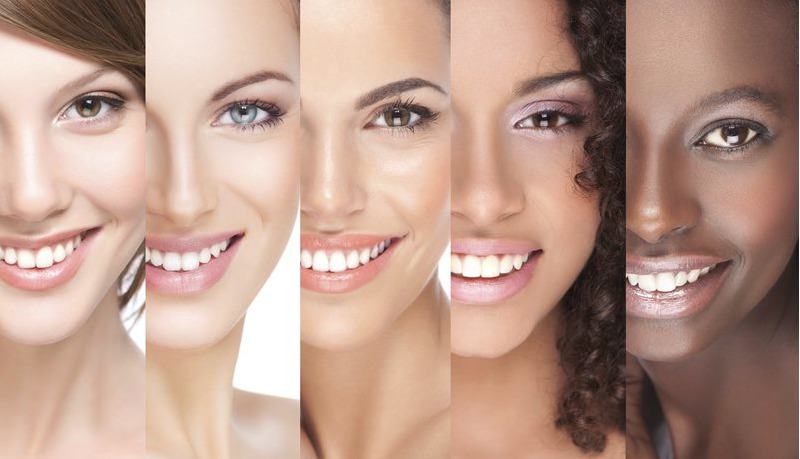
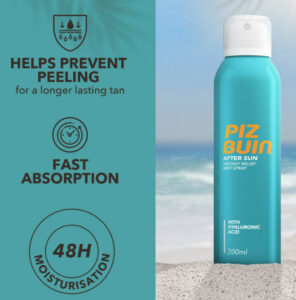
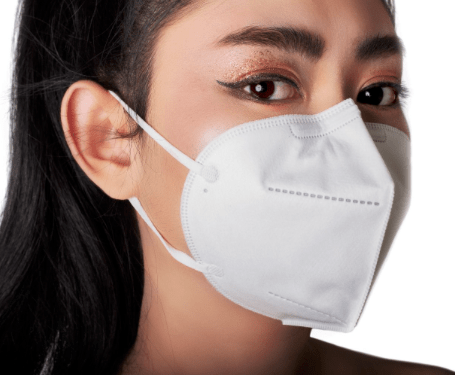


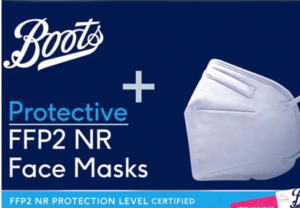

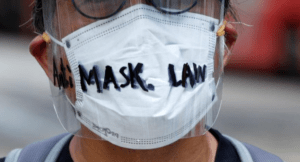
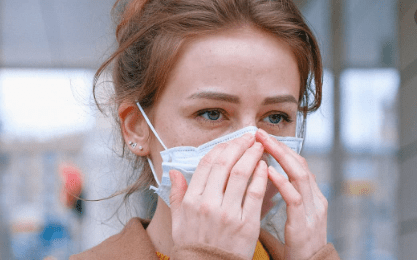
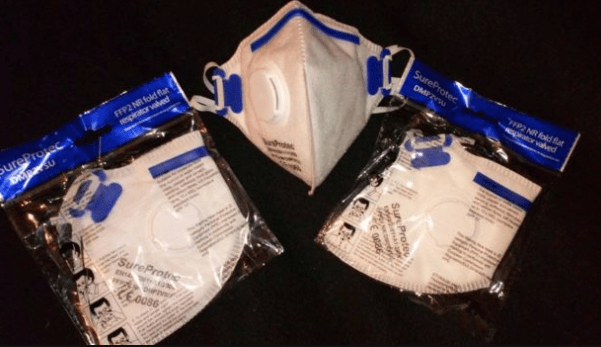
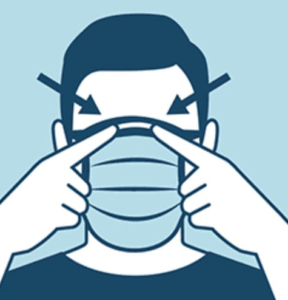
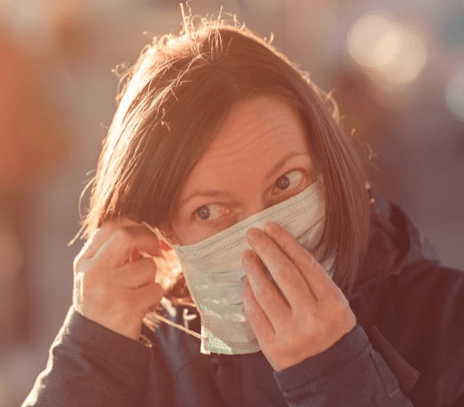
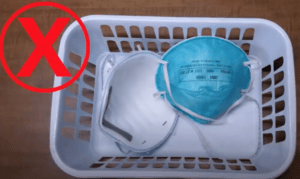
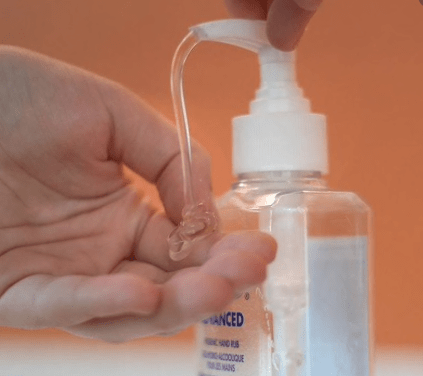
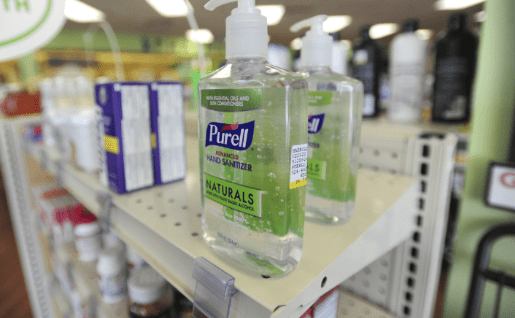
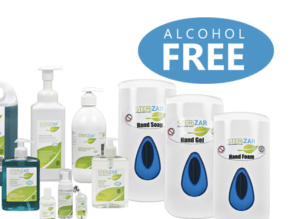
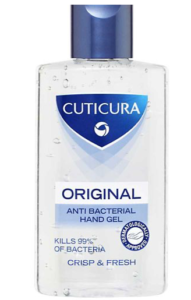
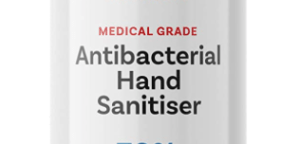
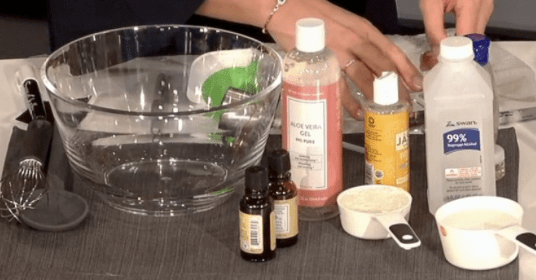
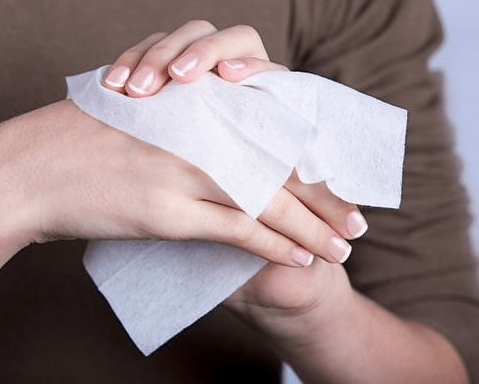
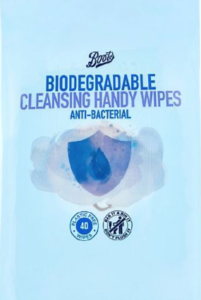


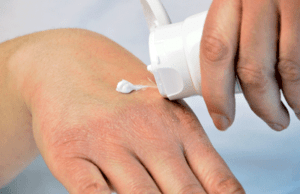
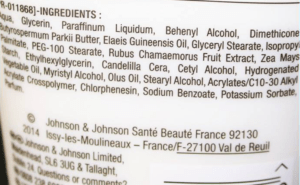
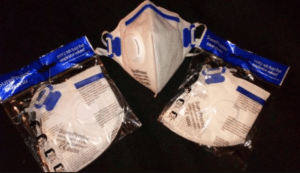
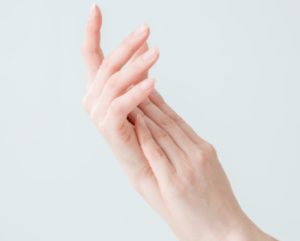
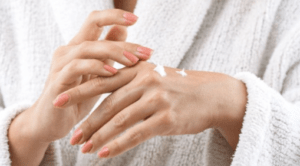
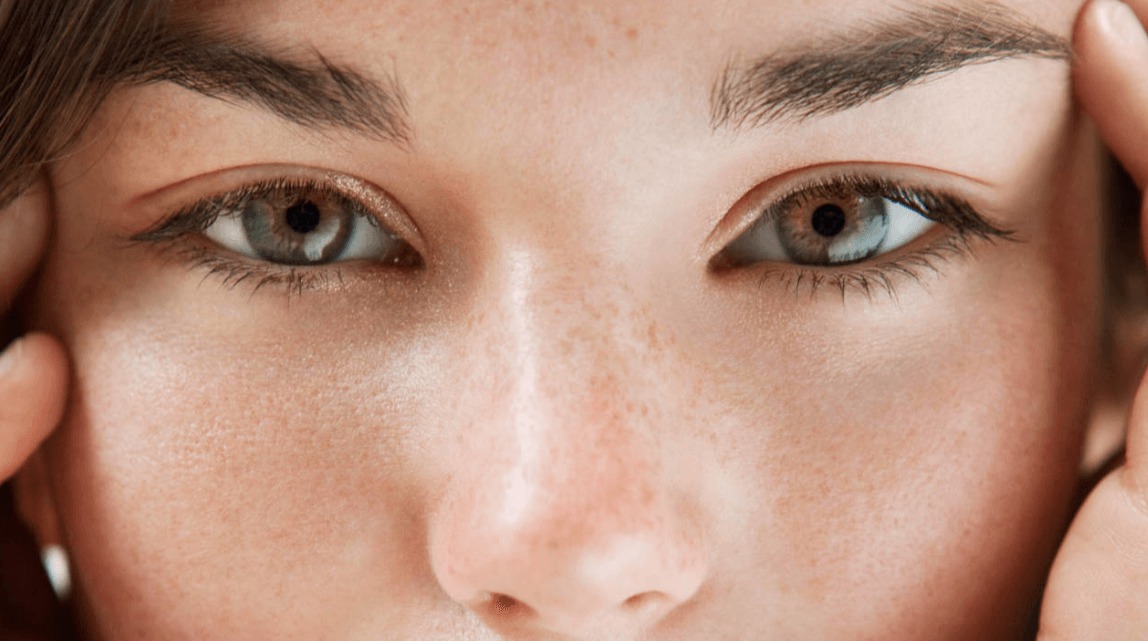
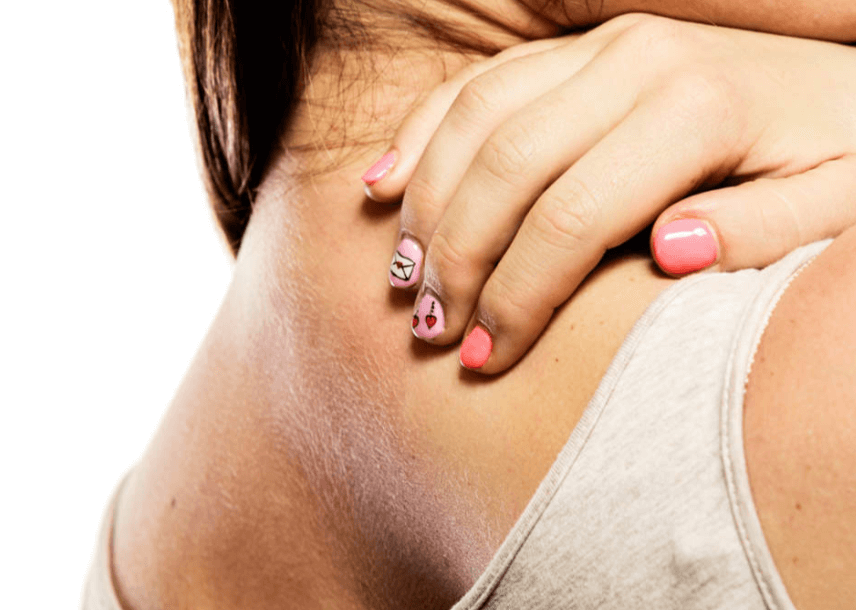

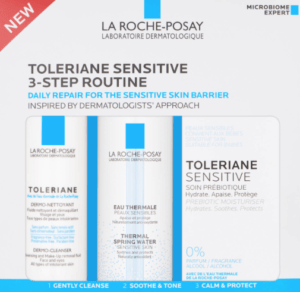

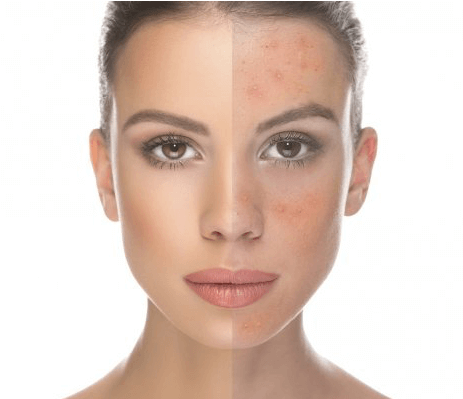

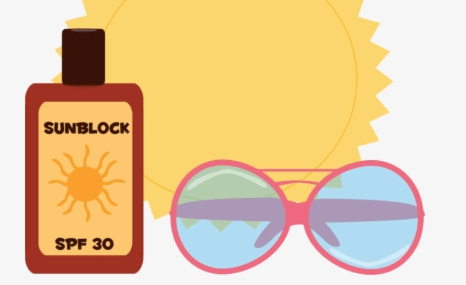
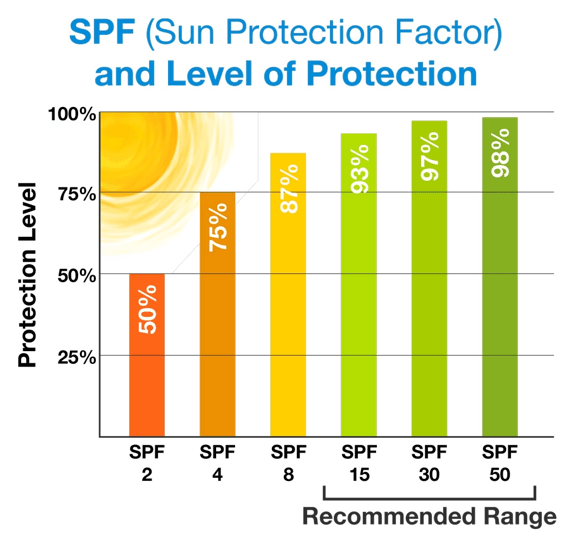


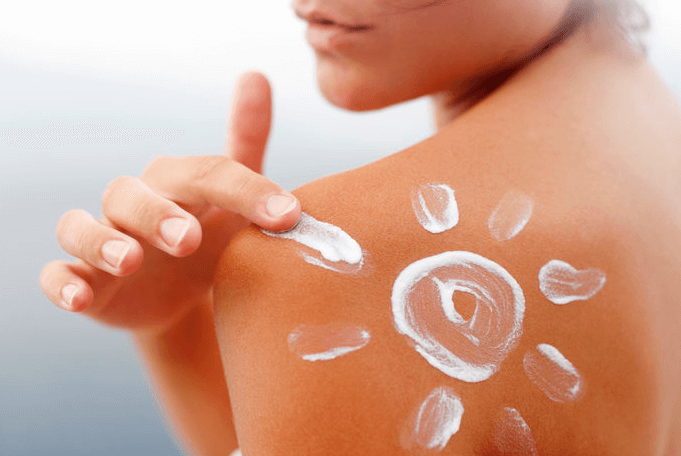
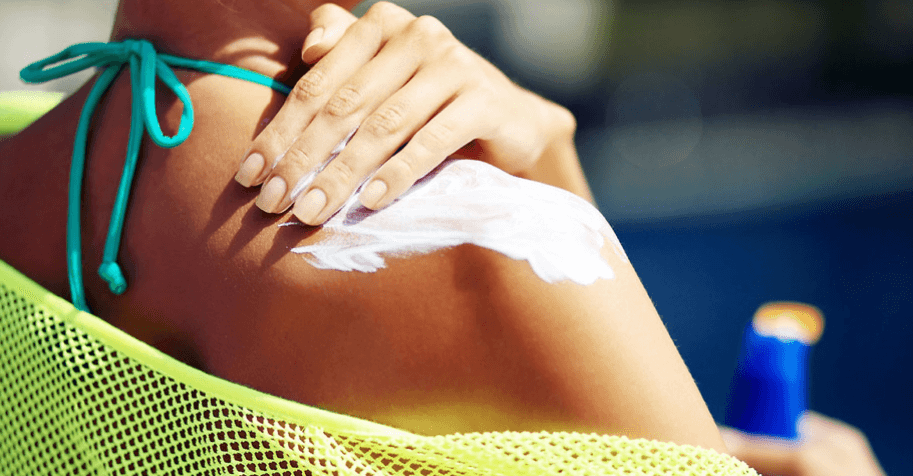
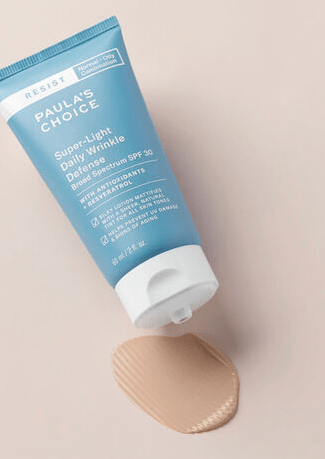
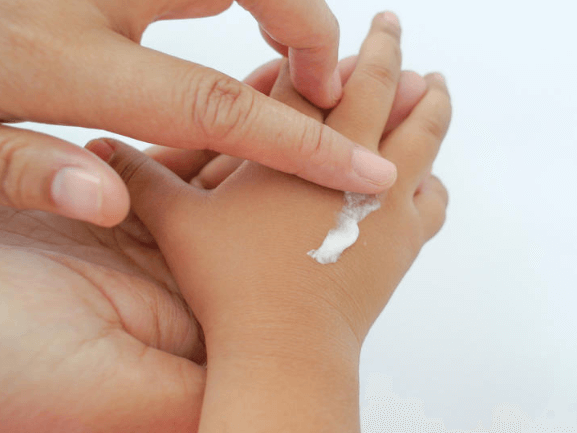

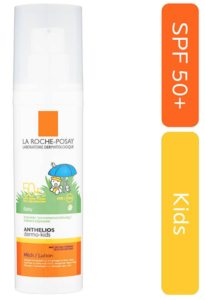
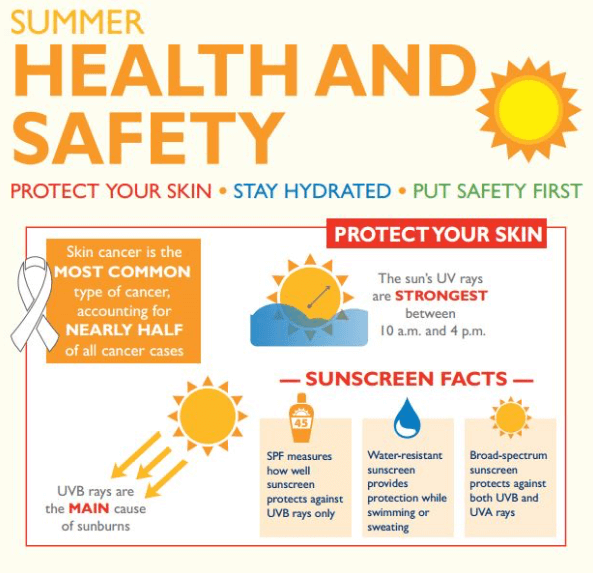

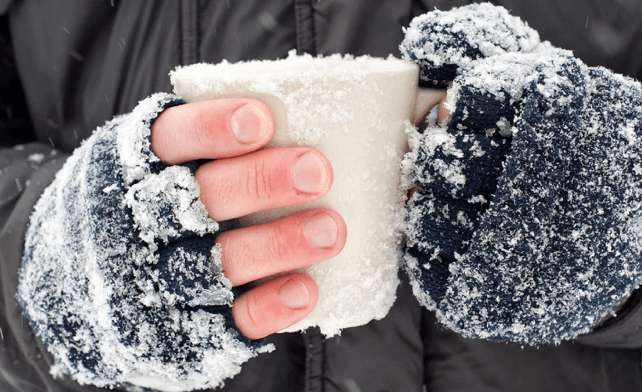

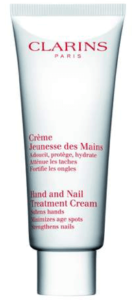

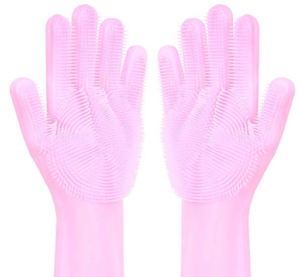
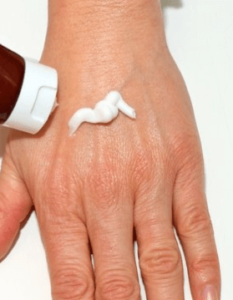


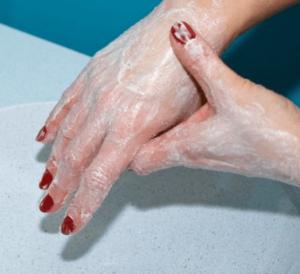
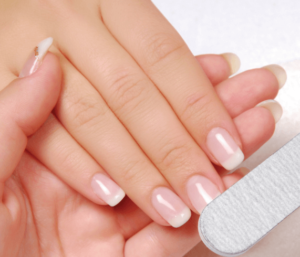

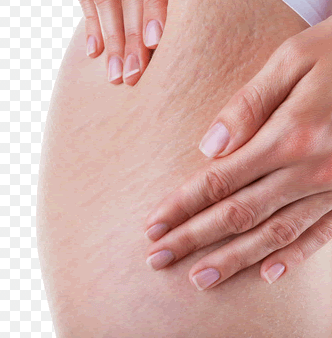
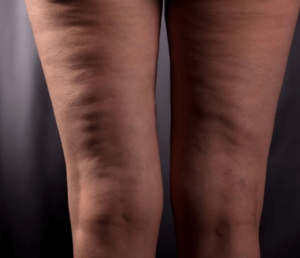

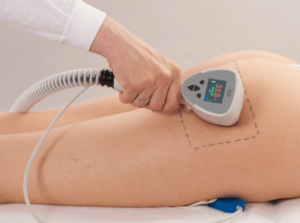
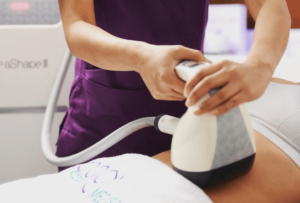
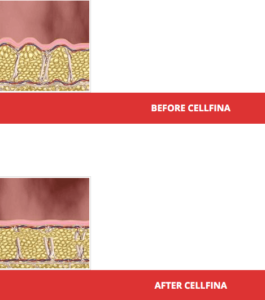


 Even though there’s no simple answer for unblemished skin yet, that doesn’t mean you can’t be positive and more confident in your body, cellulite or not.
Even though there’s no simple answer for unblemished skin yet, that doesn’t mean you can’t be positive and more confident in your body, cellulite or not.
